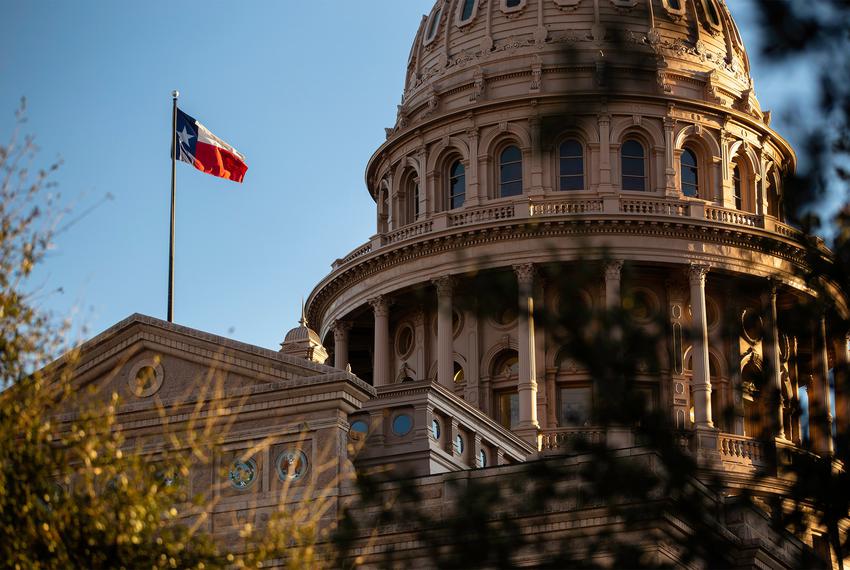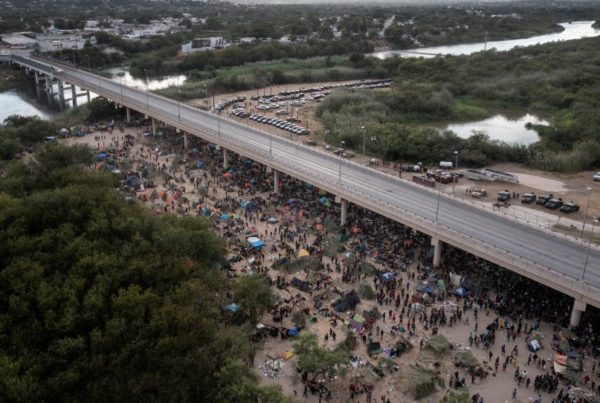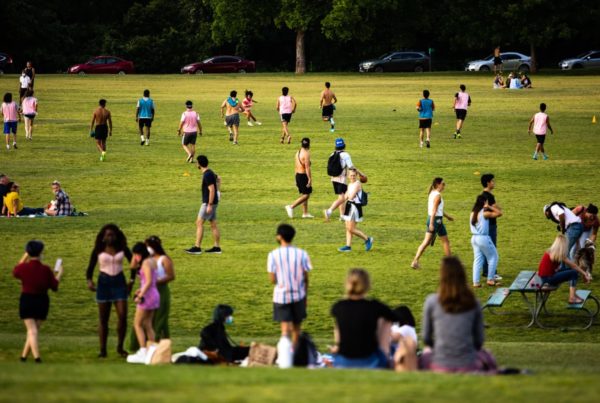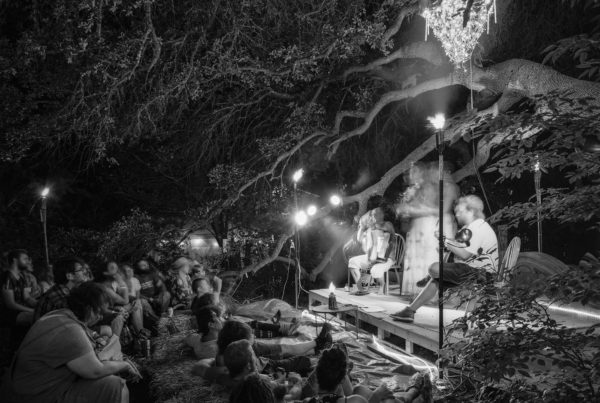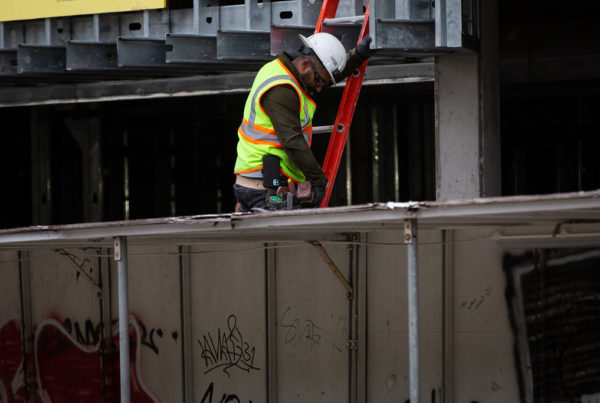From The Texas Tribune:
Political people often compare Texas election maps to a state-shaped bowl of tomato soup with blueberries sprinkled in it. Most of the state in those post-election illustrations is Republican red, with smaller areas — the big cities and, increasingly, their suburbs — colored Democratic blue.
In the last 10 years, the blueberries in the tomato soup have grown larger, and that’s going to make it harder — not impossible, but more difficult — for the state’s Republicans to draw political maps that maintain their long-running majorities in the Texas Legislature, the state’s congressional delegation and the State Board of Education.
Most of the state’s 254 counties show up red on those maps. The geography is more imposing than the actual population: The 190 least-populated counties in Texas are home to less than 10% of the state’s residents. More than half of all Texas residents live in the biggest seven counties, and 80% live in just 31 counties.
Texas remains a red state, but the margins have been shrinking, as several big counties that used to vote reliably for Republican candidates in statewide races have slipped into more competitive and even Democratic status.
That’s getting close attention from the GOP’s mapmakers in advance of the special legislative session on redistricting that starts Monday. They’ll have to cut some of their new districts out of those blue urban and suburban counties — a trickier obstacle course than just tying together conservative counties in rural Texas.
But for Republican incumbents in those rural areas, the trends are ominous. It’s not that their parts of the state have grown more liberal; it’s that their current districts don’t have enough people in them. They have to either gobble turf now represented by rural colleagues — most of whom are fellow Republicans — or venture into suburban areas where voters’ concerns differ from those of rural voters.
It’s not all about political parties. It’s about the way the state has grown. Most Texans reside in a triangle in the middle of the state — one formed by the Dallas-Fort Worth area at the top, Houston and its sprawling satellites on one corner and the San Antonio-Austin corridor on the other.
Each of those corners has its share of over- and underpopulated political districts, reflecting the changes in population over the decade since current maps were drawn. At the beginning, each map is cut into districts of exactly the same population for congressional districts, and into approximately the same population sizes for Texas House, Texas Senate and the SBOE.
Over time, the changes can be huge. U.S. Rep. Ronny Jackson, R-Amarillo, is 59,517 people short of the number he needs to make a whole congressional district in the new maps. To make that the right size, he’ll need to broaden his geographic lines. Too bad he lives so far from Richmond, in Fort Bend County. U.S. Rep. Troy Nehls, who represents that fast-growing area, has 205,322 more people than a properly sized district should have. His will shrink.
Keep in mind that these districts were drawn a decade ago to contain the same number of people. The growth in Texas outpaced most other states, enough to mean that the congressional delegation here will expand to 40 members, including senators, from 38. Other states have either lost population or have simply grown more slowly and will lose a seat or two in Congress.
Within the state, the same thing is going on. Elected officials in rural East and West Texas are working the numbers, trying to design districts that work for them — and that can win the support of most of their colleagues in the Legislature. That’s true in some big cities and suburbs, too. U.S. Rep. Sylvia Garcia, D-Houston, needs to find 49,732 more people to make her district whole. U.S. Rep. Dan Crenshaw, R-Houston, has 47,717 too many.
It’s tempting to look at that and see the potential for a swap. But that’s not how this works. Legislators have to make all of the districts the same size, but they also want political allies and fellow partisans to prevail. Whatever they do is preface to years of litigation that, if the past is your guide, could mean significant changes to any maps the Legislature produces.
Geography counts, and it’s why residents in Texas are attracted to some areas more than others. That presents some problems for legislative mapmakers, but their aims and ambitions are only partly related to geography.
They also want to win their next elections, and for many of them, the new maps will set their fates.


